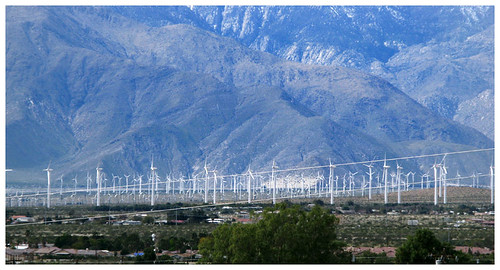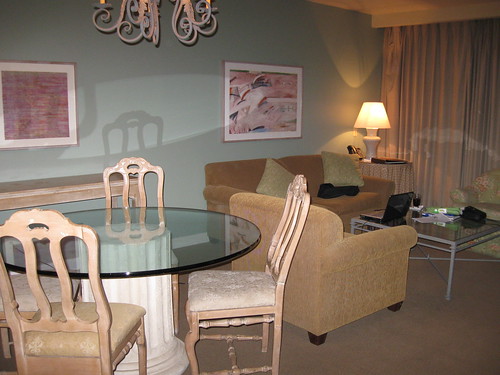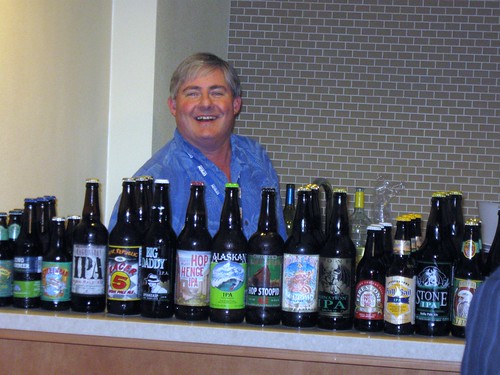Presenting For the First Time … Again
Back in the days before I was a teacher and before I was a mom, I was a computer programmer & designer and wrote business applications for a variety of different industries. Part of what I did during that time was to develop “train the trainer” classes and presentations. I would travel to various offices and train the people that would actually be training our customers or train the sale people who would be selling the software. Sometimes these were hands on classes and other times they were short presentations on the software. I also attended trade shows and technology conferences and would put on demonstrations of our software for people who visited our booth.
So, I had presented before but I had never presented at an educational conference – that is until the T.E.L.L. Conference on October 9th.
 Last year, I attended this conference and decided this year that it was my turn to share at this conference rather than just attending again. I debated what I would present but since I had spent quite a bit of time during the summer learning online with a variety of free resources I thought something about being a lifelong learner for free would be a good subject to cover. I know at my school there is little (if any) money for conferences or other forms of professional development and I’m sure that we’re not the only school where this is the case.
Last year, I attended this conference and decided this year that it was my turn to share at this conference rather than just attending again. I debated what I would present but since I had spent quite a bit of time during the summer learning online with a variety of free resources I thought something about being a lifelong learner for free would be a good subject to cover. I know at my school there is little (if any) money for conferences or other forms of professional development and I’m sure that we’re not the only school where this is the case.
With my subject decided, I collected resources into a Live Binder and created a presentation in PowerPoint and ran through the presentation until I knew the material. Did this make everything go exactly as I planned? Well, not exactly:
- Most of the attendees at my session did not have laptops or even cell phones with texting ability so there went my techie interactive question. I should have known this would be the case and not planned on using an online tool but I think at least one person in the session thought it was a fun.
- For some reason my sound driver decided that it was corrupt the morning of the conference, so there went the video I was going to use to introduce YouTube and how you can learn anything on YouTube.
- I had too much material for the length of the session. I wasn’t sure how many questions I would get so I planned more material than I would need – too much more. Next time I’ll remember less is more – I feel I really rushed some things and would have liked to have had more time at the end for additional questions. I wonder if Prezi would have been a better choice for presenting since it’s not as linear as PowerPoint and may have been better for skipping things as time ran out? I have never been able to wrap my head around Prezi but I think I need to look at it again.
I enjoyed the experience and hope to present at more conferences in the future. I have debated throwing my hat into the ring for the CUE LA Tech Fair but I see you have to bring your own projector (which I don’t have) and I’m not sure where my presentation idea would fit into the Curricular Areas on the Presenter Registration Form. Maybe I’ll think about the CUE OC Technology Festival instead.
In addition to presenting, I also attended the keynotes and some sessions at T.E.L.L. ’10 – I love being able to share something I’m passionate about and learn something on the same day. It doesn’t get much better and here were some of the highlights of the day for me:
- Brent Coley‘s Keynote, “Educational Technology: Without Why, How is Irrelevant”, was inspiring and full of advice on both why and how to use technology in the classroom. It’s great to have someone who is actually using the technology in the classroom be a keynote speaker.
- Kevin Honeycutt closed the day with a fun ending Keynote that unfortunately was marred by technical problems since he was presenting remotely. I just wish he could have been there in person or the connection had been better.
- I didn’t get to participate live but I have watched the archive of Diane Main‘s session, “Google Earth For All Grade Levels” and it was amazing. I just wish Google Earth worked on the computers in our lab. I can only run it on my laptop but I think I’m going to adapt some of the ideas and use Google Maps with my students.
- Sean Williams‘ session, “Give Your Students A VoiceThread”, has inspired me to use VoiceThread again. I do have a class subscription on VoiceThread but haven’t used it yet this year. I loved the ideas on differentiation and the examples Sean showed were great. And, don’t tell Sean, but I hope to someday be as good at presenting as he is!
I would love to have attended both of Dennis Grice’s sessions and both of Greg Dhuyvetter‘s sessions and any session that Chris Bell does is always worthwhile. I lurked a bit outside of Stephen Davis‘ session and it looked amazing – if I hadn’t been trying (in vain) to fix my sound driver I would have attended that one!
Thanks to everyone involved with the T.E.L.L. ’10 Conference – I had a great time, learned some new things and look forward to next year in Orange County!


